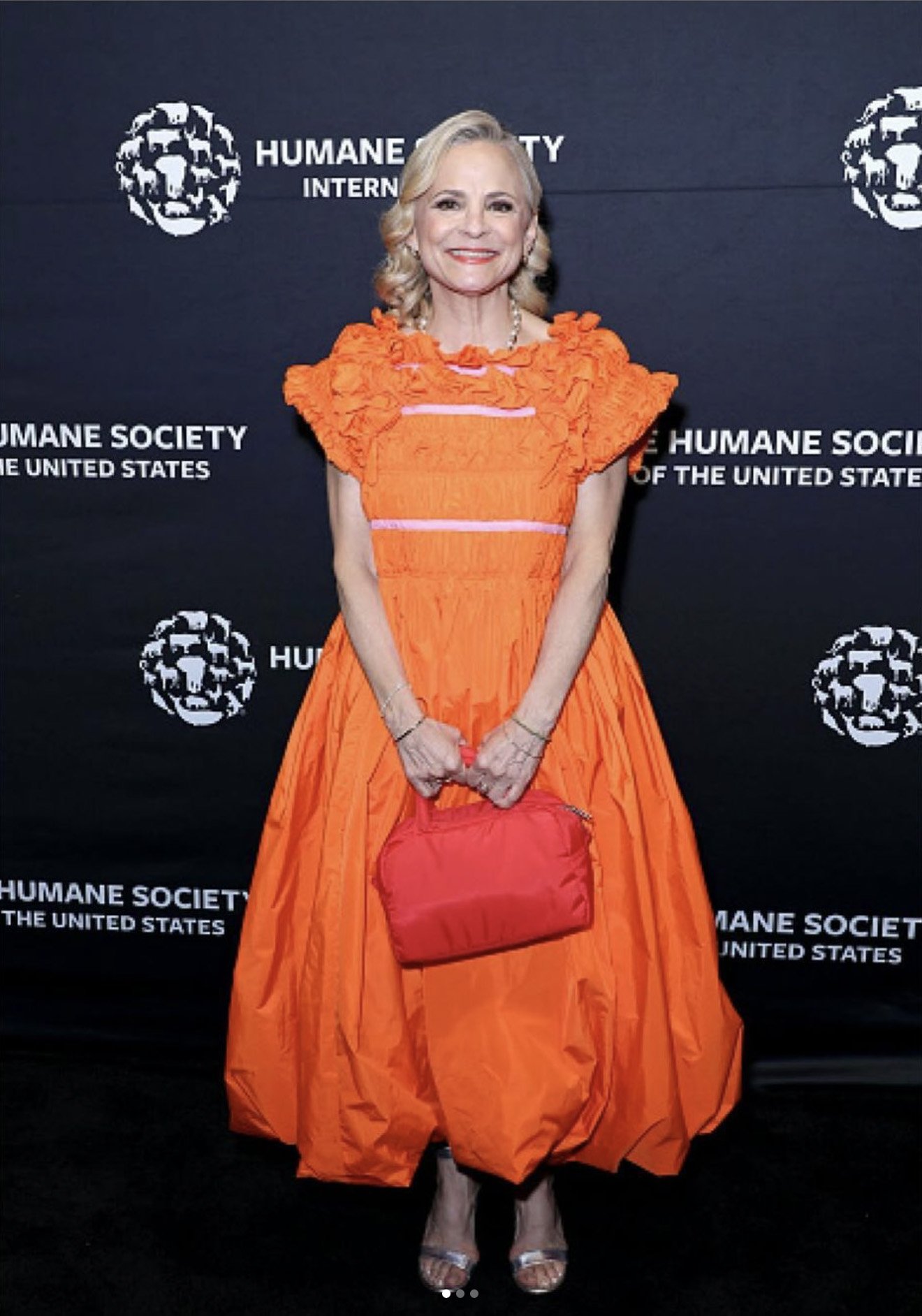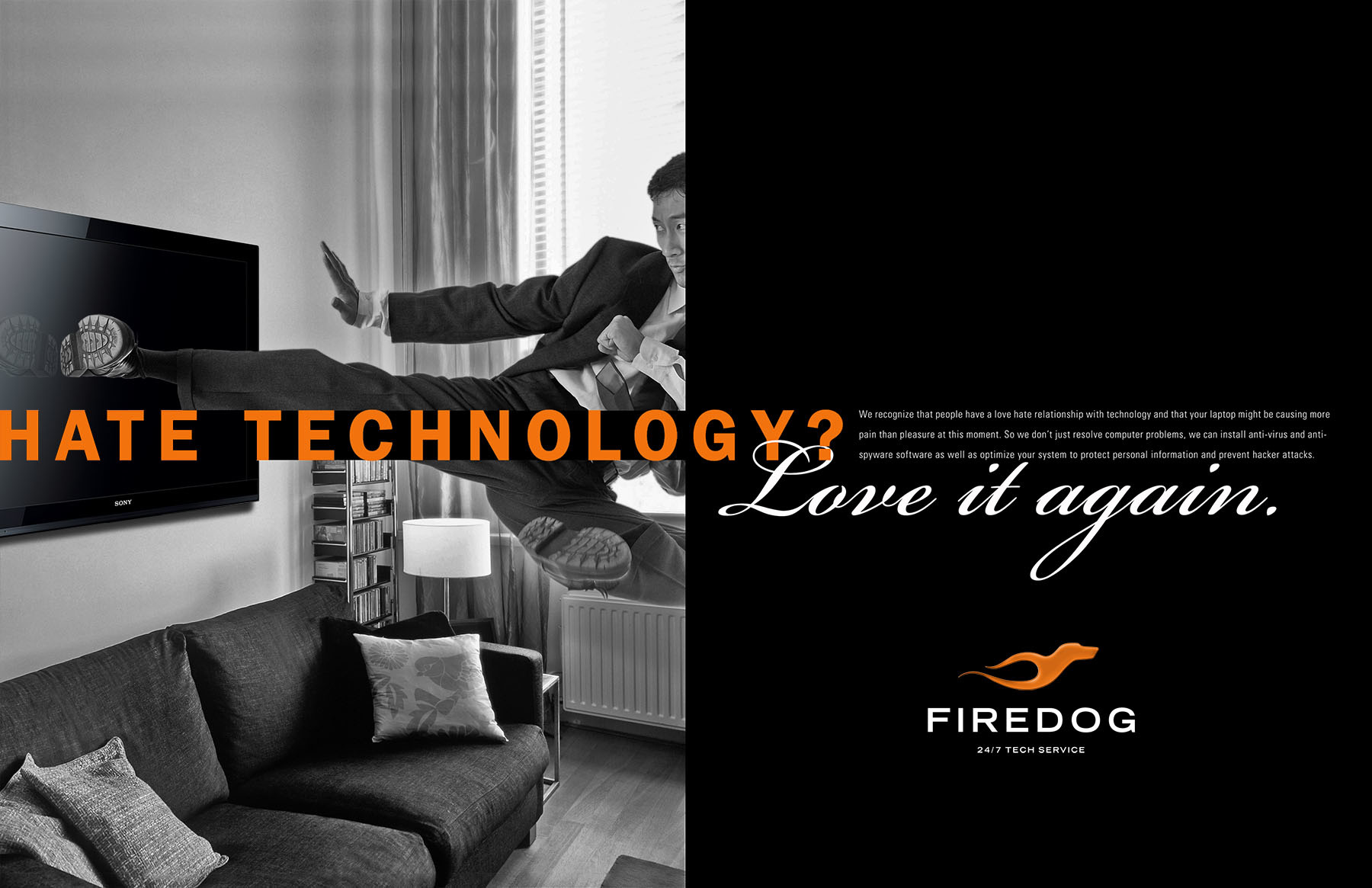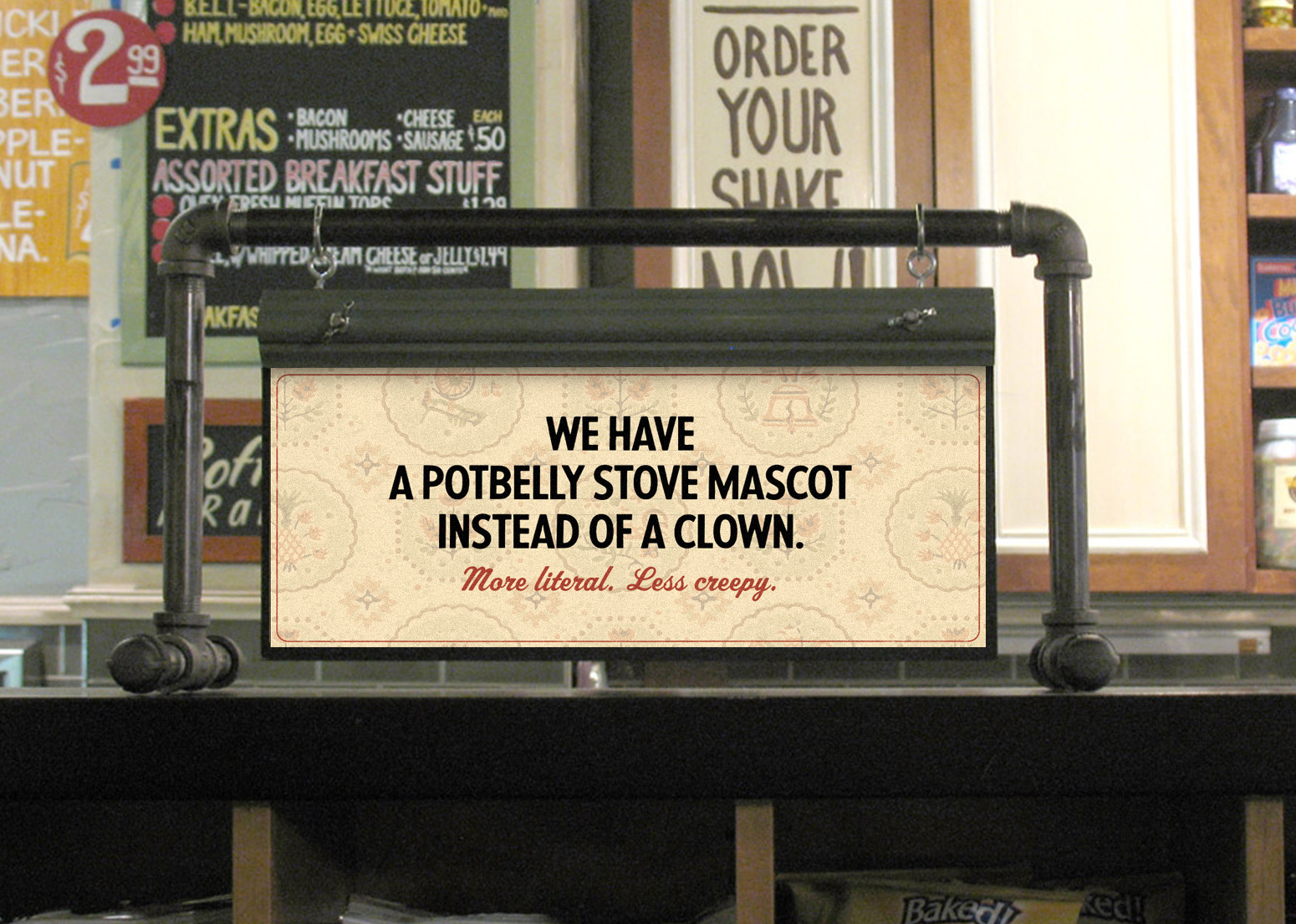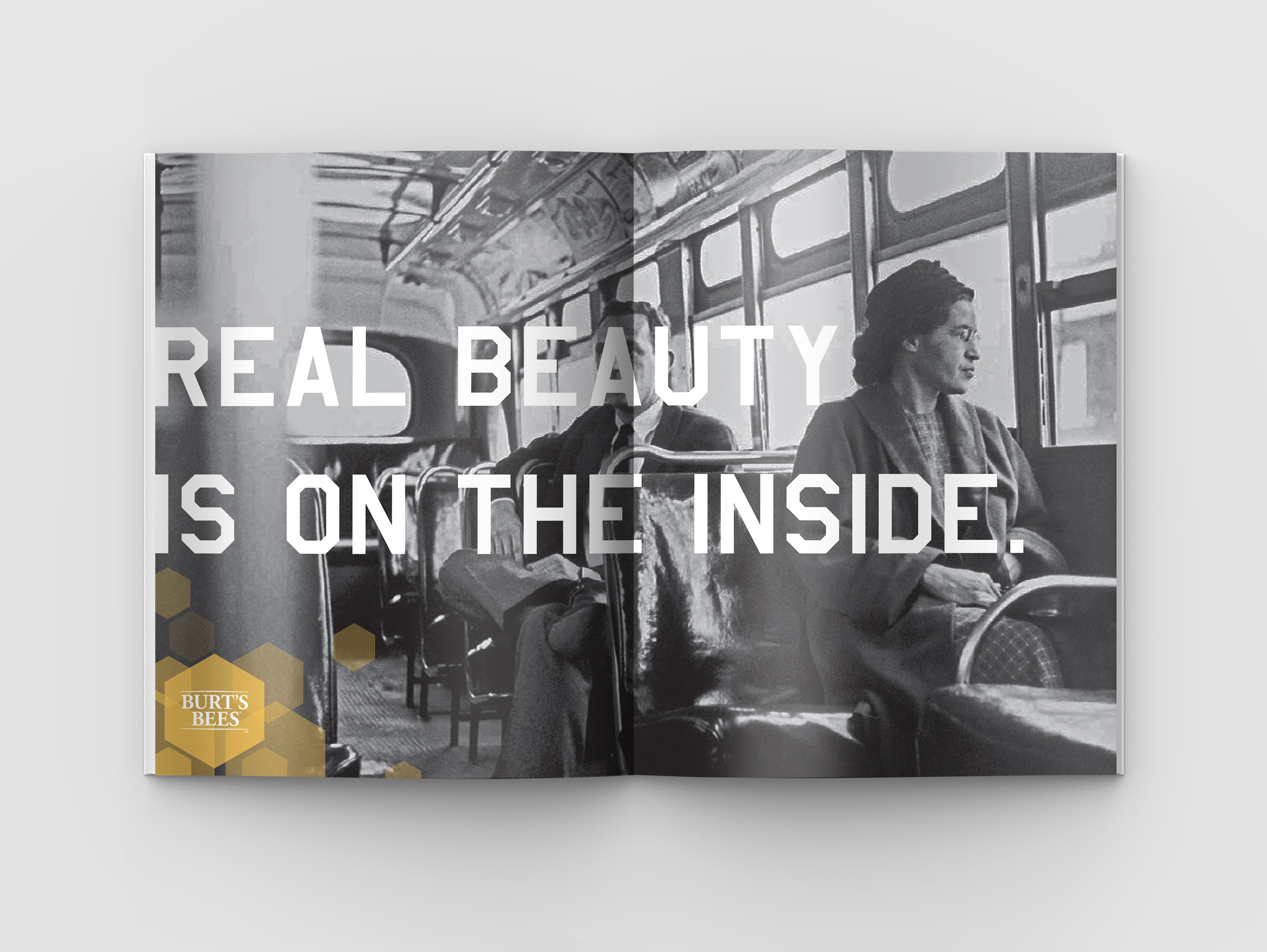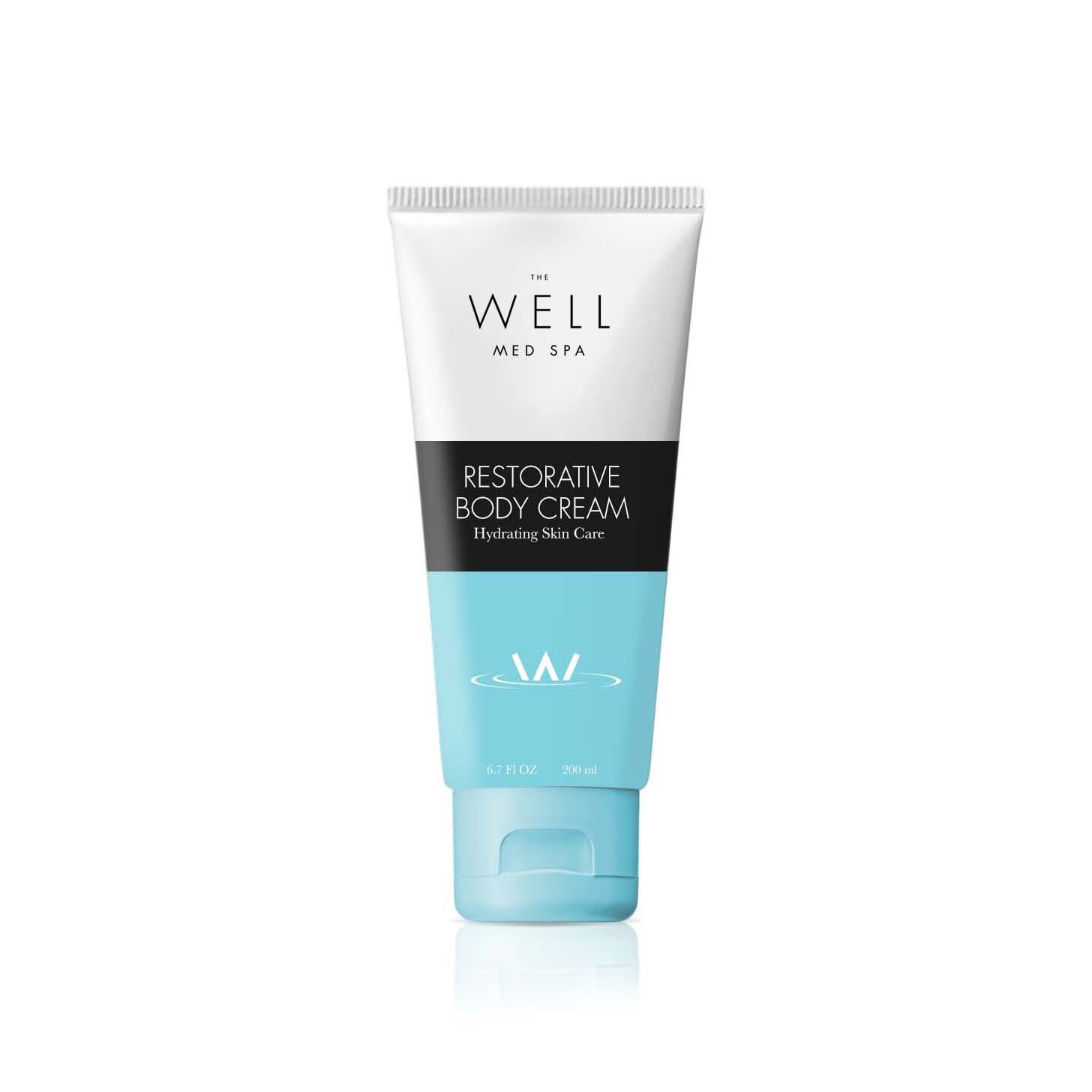MAVEN is a car sharing startup from General Motors. They are rolling out all over the US. The challenge was to build a brand from the ground up. One that’s all about connection and bringing people together rather than about cars and dollars per hour. A true life-style brand. The video below is the core of the idea: Today's world of connecting online, is actually making people feel more isolated. The visceral feeling from shaking your clients hand, hugging your sister or kissing your loved one cannot not be replaced by a laptop or a phone. You need to physically "Be There." Without any television support, MAVEN is beating the client’s very aggressive projections in every city they have launched in.
The SpiderWEB effect.
The idea was to launch online with influencers. How original? Well, the approach we developed was. Place a "Maven" in the middle, someone who had expertise to share but didn’t necessarily have a ton of followers, then surround them with a group of influencers who do have a ton of followers and contract them to share the experience through their channels. This spiderweb magnified the engagement a thousandfold and lead to us surpassing our very aggressive goals. We personalized all the videos for the cities they were launching in. The research lead us to concentrate the subject matter on topics our demographic was seeking out online - music, cooking, fitness and a few others. Below are a few of the many films we shot for city launches.
I know when you saw the words General Motors you thought: unlimited production budgets. But GM had a novel approach - they would act as the venture capital behind the company so they could keep it separate from their dinosaur structure and indeed behave like a startup. Fast, nimble and doing things on a shoe string. All very much the opposite of GM’s model. And these films, while not free, were done very affordably all in line with the new paradigm MAVEN was establishing.
Of course it was more than just online videos.
We produced everything from outdoor to web design to a robust facebook presence and everything in between.
You earn miles for flying so why shouldn’t you earn them for driving?
Real World Results:
From 0 cities to 14 cities across the US.
From 0 to over 200,000 registered subscribers across the U.S.
“We have been growing 10 times month over month, so we now have 250 million Maven miles [driven],” CEO Julia Steyn said. “I think the goal is very simple, and it is to remove barriers from sharing in the broader sense.”
A note on authorship: This is the only mark on my site that I did not design.






























